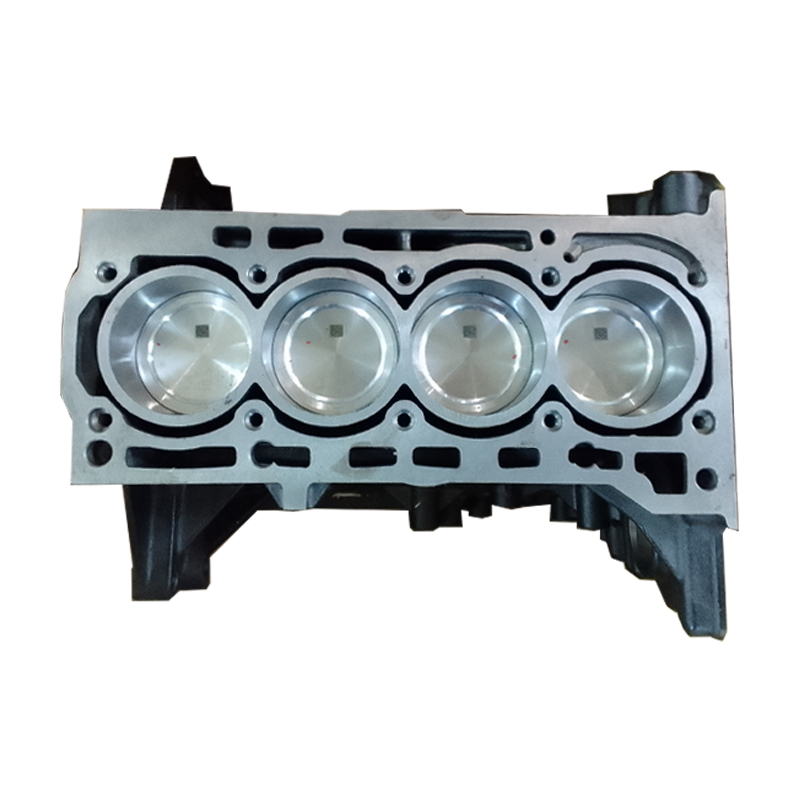Find a high-efficiency clp engine for your equipment.
Exactly How a Clp Engine Can Boost Effectiveness in Different Industries
The introduction of CLP engines notes a considerable shift in functional efficiency throughout various sectors, driven by their capability to optimize gas consumption and lessen downtime. Industries such as manufacturing and logistics stand to obtain significantly from their durable design and regular power output, which guarantee to streamline procedures and enhance efficiency. As companies progressively focus on sustainability together with efficiency, the function of CLP engines becomes a lot more crucial. What continues to be to be seen is how these improvements will shape the future landscape of commercial operations and their effect on wider financial fads (clp engine).
Introduction of CLP Engines
CLP engines, or Constant Liquid Propellant engines, represent a significant development in propulsion technology, particularly for area applications. These engines make use of a continual feed system that permits for the continual expulsion of propellant, resulting in enhanced effectiveness and efficiency contrasted to standard solid or hybrid propulsion systems. By maintaining a constant circulation of fluid propellant, CLP engines can achieve a lot more accurate thrust control, which is critical for navigating spacecraft in various goal situations.
The style of CLP engines incorporates advanced materials and cutting-edge fuel monitoring systems. clp engine. This results in lowered weight and enhanced reliability, crucial aspects for long-duration space goals. The continual operation minimizes the threat of combustion instability, an usual obstacle in conventional rocket engines.

Advantages in Manufacturing
The manufacturing of Continuous Liquid Propellant (CLP) engines presents several notable advantages that enhance both efficiency and cost-effectiveness. Among the key advantages is the streamlined production process, which reduces the complexity related to traditional propulsion systems. By making use of fluid propellant, makers can attain better precision in engine efficiency, causing maximized energy output and reduced waste.
Additionally, CLP engines promote a greater degree of modularity, enabling for much easier assimilation into numerous production lines. This adaptability can considerably lower preparations and improve total functional versatility. Making use of CLP technology additionally has a tendency to minimize the demand for substantial maintenance as a result of less relocating parts, which converts into reduced downtime and functional expenses.

Applications in Logistics
Leveraging Constant Fluid Propellant (CLP) engines in logistics uses substantial benefits in functional efficiency and reliability. These engines provide a robust solution for various transport requirements, allowing the seamless motion of goods throughout vast ranges. The intrinsic style of CLP engines enables constant power result, which equates right into smoother and a lot more foreseeable transport timetables.
One of the crucial applications of CLP engines in logistics remains in heavy-duty freight transportation, where they can drive both ground and airborne lorries. Their capacity to preserve high performance under varying lots conditions ensures that distribution timelines are satisfied, thus improving consumer contentment. In addition, CLP engines can be incorporated into automated logistics systems, helping with real-time tracking and maximizing path planning.
Moreover, the resilience of CLP engines reduces upkeep downtime, enabling logistics companies to optimize their operational capabilities. This is specifically helpful in warehousing operations, where performance in taking care of and delivering products is critical. As logistics proceeds to develop, the integration of CLP engines stands for a forward-thinking approach that not just improves efficiency but also supports the market's expanding needs for integrity and speed.
Effect On Energy Effectiveness
How do Constant Fluid Propellant (CLP) engines enhance power efficiency in transport? CLP engines make use of a constant circulation of liquid gas, maximizing combustion procedures and maintaining a secure thrust outcome. This layout minimizes power losses connected with i was reading this conventional burning engines, where gas delivery can differ and bring about ineffectiveness.
The continual operation of CLP engines permits an extra efficient thermal click over here now cycle, resulting in higher certain impulse contrasted to conventional engines. clp engine. This equates to minimized gas consumption for the exact same amount of job done, significantly reducing functional prices throughout various transportation industries, including aeronautics and maritime industries
Furthermore, the capacity of CLP engines to keep optimal performance under varying load conditions decreases the requirement for constant velocity and slowdown, further enhancing fuel efficiency. Improved energy efficiency not only contributes to cost financial savings but likewise brings about decrease greenhouse gas exhausts, straightening with international sustainability objectives.
Future Trends and Innovations
Arising innovations in Continual Fluid Propellant (CLP) engine innovation pledge to reinvent the landscape of transport effectiveness and sustainability. As markets pivot toward greener alternatives, CLP engines stand at the center, incorporating cutting-edge materials and style techniques that enhance performance while minimizing ecological effect.
One of one of reference the most appealing patterns is the adoption of crossbreed systems that integrate CLP engines with sustainable power resources. This harmony can maximize fuel consumption and reduce emissions, lining up with global sustainability goals. Additionally, advancements in computational liquid characteristics (CFD) are helping with the design of more aerodynamically reliable engines, bring about reduced drag and boosted gas efficiency.
Additionally, the growth of wise monitoring systems is established to improve operational efficiencies. These systems utilize data analytics and IoT modern technology to enhance engine efficiency in real-time, guaranteeing that the engines run within their most efficient specifications.
As research proceeds to explore different propellant formulations-- such as biofuels and artificial gas-- the future of CLP engines looks promising. By using these developments, sectors can not only enhance their performance but likewise add considerably to a cleaner, extra sustainable future in transportation.
Verdict
In verdict, CLP engines stand for a substantial innovation in performance throughout numerous industries. The integration of innovative products and less relocating parts reduces maintenance requirements, while alignment with sustainability objectives placements CLP engines as a pivotal technology for the future.